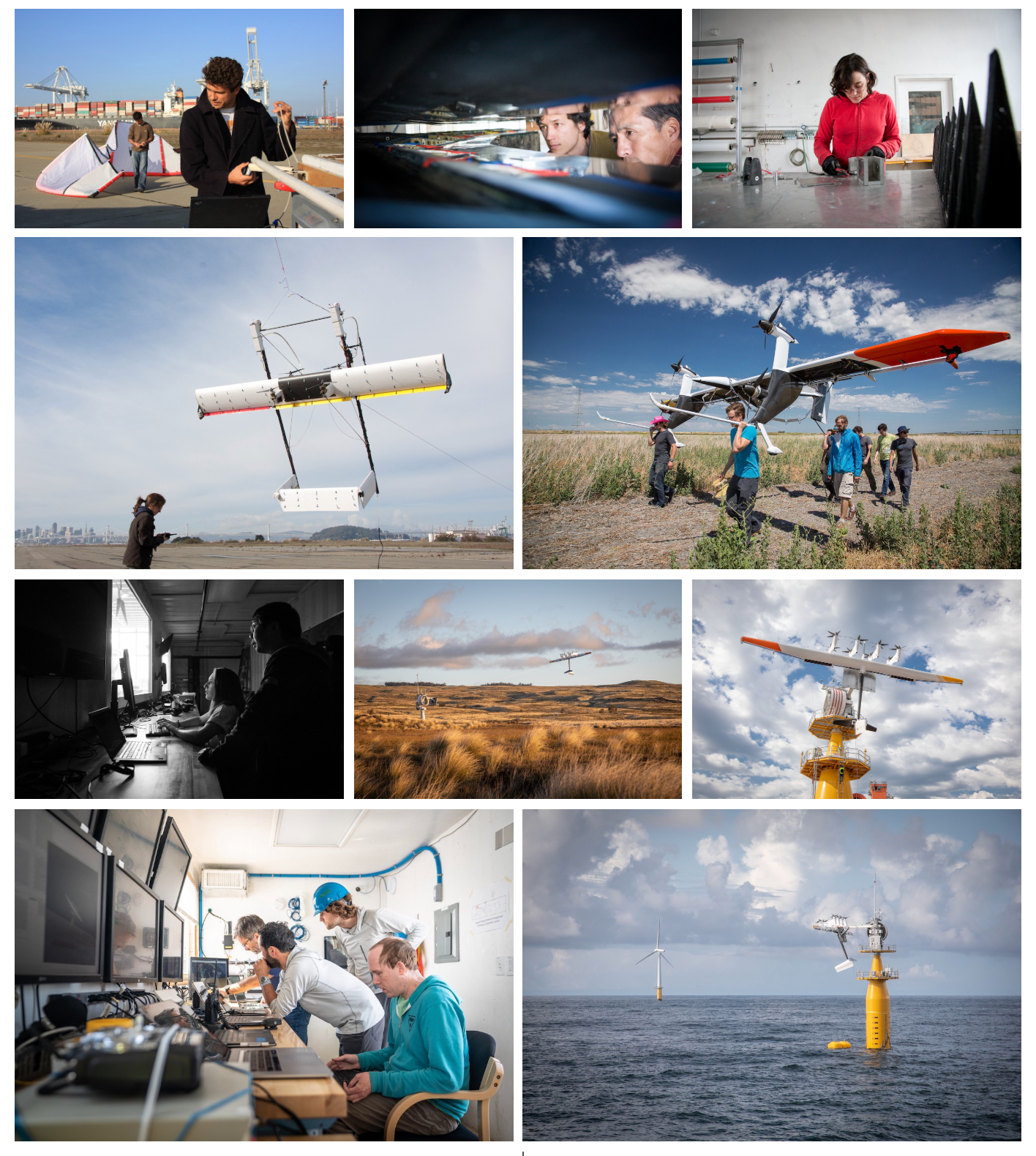A Long and Windy Road
Bringing Makani's 13-year journey to an end
Editor’s note: This blog was originally published on the Makani team blog by Dr. Fort Felker on February 18th, 2020. In 2020, Makani’s 13-year journey came to an end. You can explore Makani’s 13 years of technical development and insights in The Energy Kite Collection. Thank you to everyone who supported the Makani team on their journey.
Makani was founded in 2006 by a group of kitesurfers who were curious about the potential for kites to unlock wind energy in more places around the globe. We started by asking questions: could we make wind energy cheaper and more accessible? Could we replace thousands of pounds of steel with smart software and advanced materials? Could we create kites that would fly themselves? These questions fueled a 13-year-long journey in which we created a new kind of wind power technology: energy kites.
Makani spent the past seven years at Alphabet, during which time our technology advanced from a 20kW demonstrator kite, to a utility-scale kite capable of generating 600kW. Last year, after leaving X to become an independent business, our focus shifted to becoming commercially viable and with the support of Shell, we were able to demonstrate the first flights of a utility-scale energy kite system from a floating platform off the coast of Norway.
Creating an entirely new kind of wind energy technology means facing business challenges as well as engineering challenges. Despite strong technical progress, the road to commercialization is longer and riskier than hoped, so from today Makani’s time at Alphabet is coming to an end. This doesn’t mean the end of the road for the technology Makani developed, but it does mean that Makani will no longer be an Alphabet company. Shell is exploring options to continue developing Makani’s technology.

Makani spent the last thirteen years building energy kites to harness energy from the wind. We started with modified kitesurfing gear and switched to rigid kites in 2009, scaling up through many iterations of balsa, foam, fiberglass and carbon fiber kites — ultimately creating a kite with the wingspan of a regional airplane, and the potential to power a few hundred homes. Our team worked fast and hard, mindful of the urgent need for new technology to combat climate change and we maintained rigorous procedures and a culture of respect for each other and the planet. We celebrated our successes, learned from our failures, had a fair amount of fun along the way.
We are grateful to all the people and organizations who have supported our team and facilitated our radical approach to harnessing wind energy. In particular we’d like to thank ARPA-E, who funded the development of our 20kW demonstrator kite; Alphabet, who incubated us for seven years, and Shell; who supported us as we transitioned our energy kite system offshore. Their willingness to embrace audacity and uncertainty gave us the resources to meet our challenges head-on for over a decade.
Developing energy kites is an incredibly hard problem, and our progress has been possible thanks to the Makani team, whose creativity, passion and drive are matched by their technical depth and breadth. I am grateful to have been a part of the team, and proud of what Makani has accomplished.
To achieve a clean energy future we need to be open to exploring a diverse array of new renewable energy technologies, and that means pushing bold new ideas as far as possible, sometimes without a clear roadmap. I am proud of our team’s dedication to expanding access to renewable energy, and I believe that Makani’s journey is an example of the level of commitment, calculated risk-taking, and hard work that are the right building blocks for creating technical solutions to climate change.